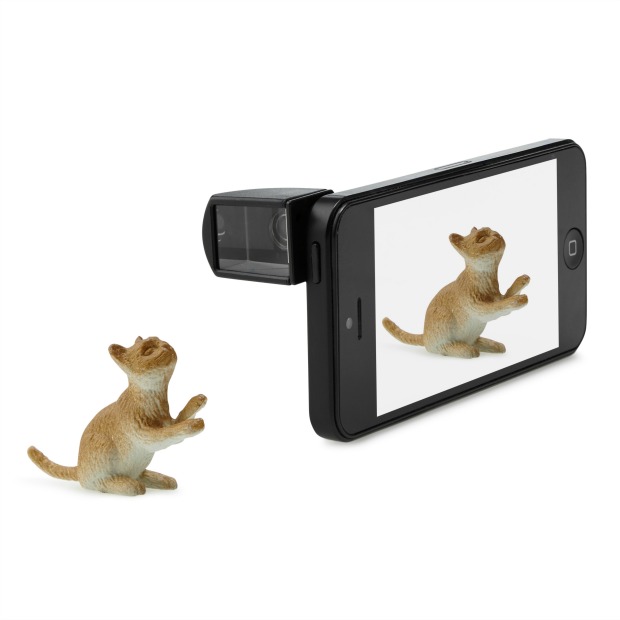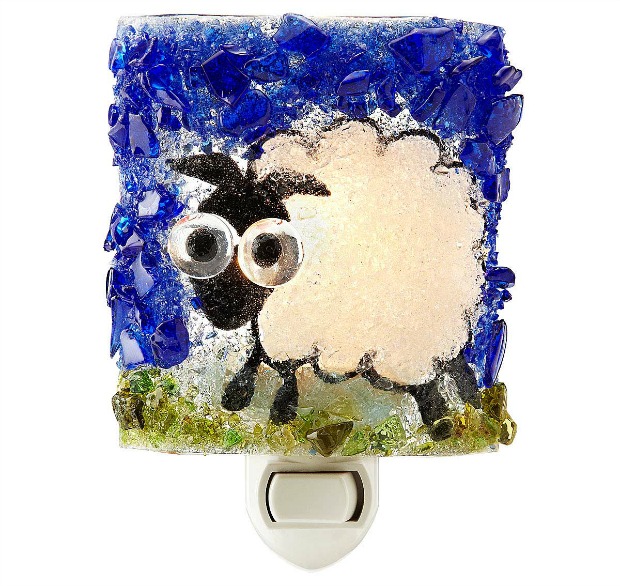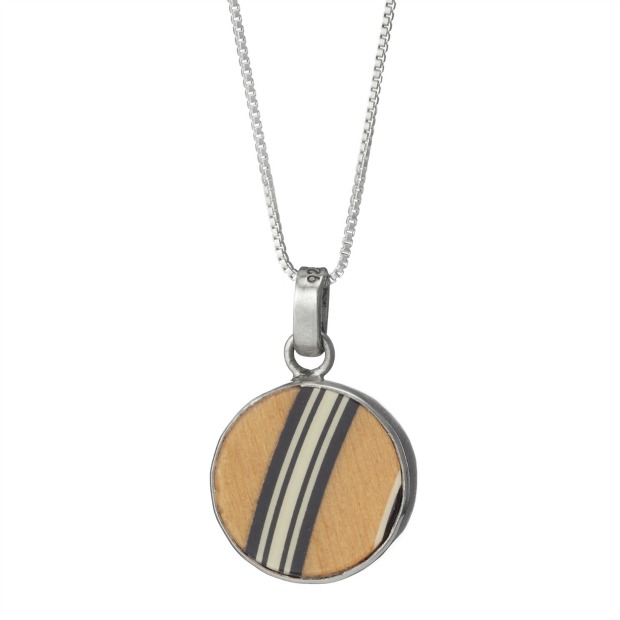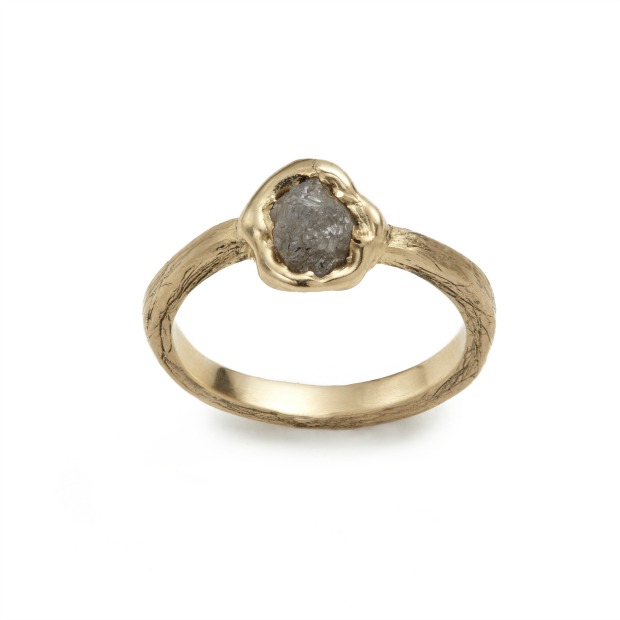Before the age of smartphones, most museums had a no-photo, not-even-without-flash, don’t-even-think-about-it policy. There were multiple reasons for shutting down shutterbugs: first, concern over copyright of artwork and nefarious reproduction; second, good security practice meant museums didn’t want would-be crooks conducting “research;” third, flashes degrade painting pigments and delicate works on paper over time; fourth—and maybe most surprising—looking through a viewfinder makes people clumsy. In other words, you’re more likely to back into a rare sculpture or fall into a priceless painting. Now that everyone has a sophisticated camera in their pocket, it’s a whole new ballgame, and museums are challenged to adapt. Many have embraced the crowd-sourcing potential of social media, letting people Instagram-away as a means of engagement and creative looking. Improved security systems have made casing the joint with a camera less of an issue, but distracted, selfie-stick wielding visitors remain a threat to collections. So, next time you say “cheese” in front of a Van Gogh or O’Keefe, just check the museum’s photo policy and take care. When you shoot artwork, don’t shoot to kill.
Smartphone Spy Lens | $20






 Sure, there are rays involved, but why the X? The X-ray came to be almost by accident as professor
Sure, there are rays involved, but why the X? The X-ray came to be almost by accident as professor 
